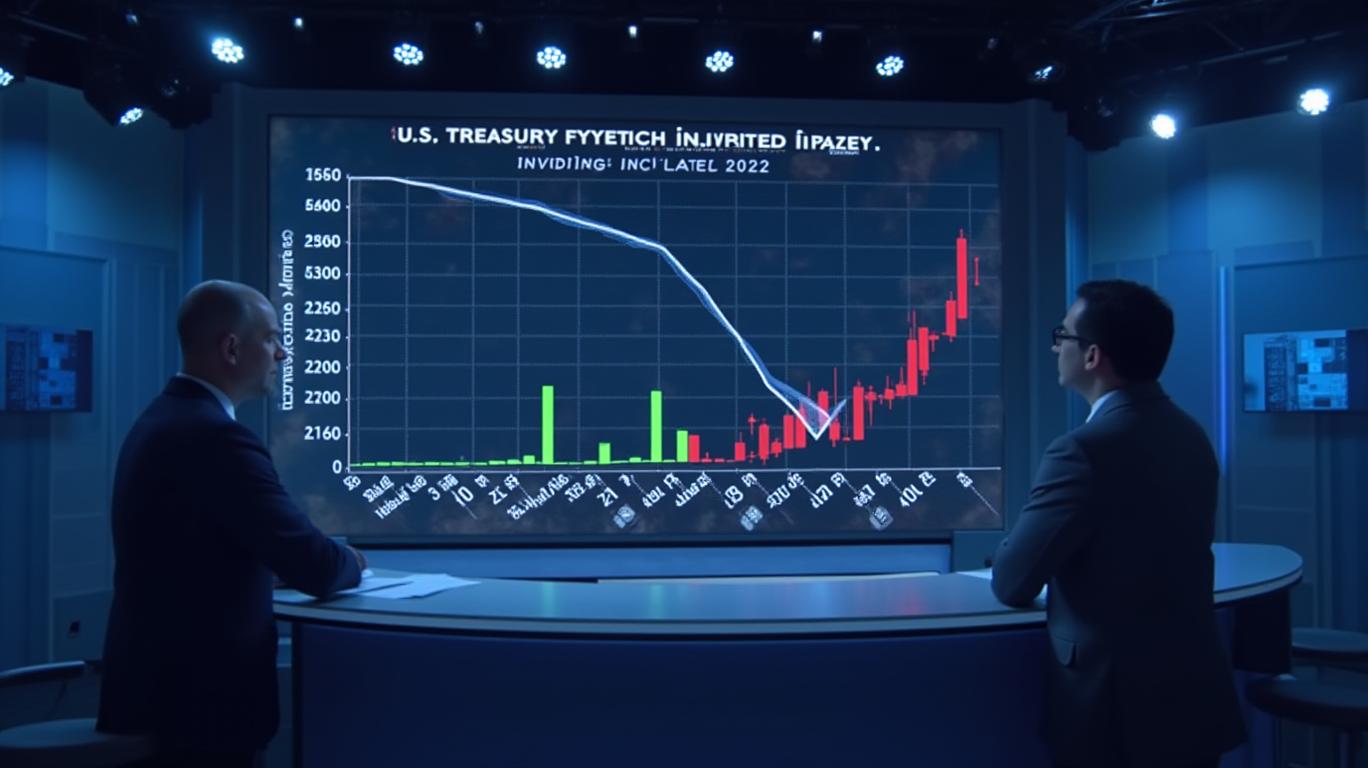The Yield Curve’s Warning: Is a Recession-Driven Market Crash Looming in 2025?

The Federal Reserve Bank of New York’s 10Y-3M Treasury spread model, a recession predictor with a flawless 59-year track record, now assigns a 51.82% probability of a U.S. recession within the next 12 months. This figure, the highest since the 2008 financial crisis, underscores a critical inflection point for investors: Is the yield curve’s inversion portending a market crash, or is this another false alarm? The stakes are clear—history shows that ignoring this signal could cost portfolios dearly. Here’s why acting now to fortify your holdings is essential.
The Yield Curve’s Unerring History
The 10Y-3M spread has correctly predicted every U.S. recession since 1969, with an average 12-month lag between inversion and economic contraction. While the 2020 pandemic-driven downturn arrived in just five months—an outlier—the broader pattern holds. For example:
- The 2001 tech bubble burst followed a 13-month lag after inversion.
- The Great Recession of 2008-09 began 23 months after the yield curve turned negative in late 2005.
Even skeptics must acknowledge the math: Since 1960, no U.S. recession has occurred without a prior yield curve inversion. The current inversion—now over three years old—has lasted longer than any other in history without a declared recession. But complacency is misplaced. The National Bureau of Economic Research (NBER) has yet to call a recession, citing incomplete data. However, mixed signals—Q1 2025 GDP contracted by 2.4% (per Atlanta Fed projections) and a Sahm Rule unemployment trigger nearing—suggest we’re in a “wait-and-see” limbo.
Why the Lag Matters—and Why It’s Time to Act
The 12-month lag means the window to prepare is narrowing. If the yield curve’s signal holds, a contraction could strike by mid-2026 at the latest. But markets often anticipate recessions, with equities typically peaking 6-9 months before the economy turns down. The S&P 500’s average drawdown during recessions since 1970 has been 25%, with the 2008 crisis seeing a 57% drop.
Critically, the current inversion’s longevity doesn’t negate its predictive power. The Fed’s DSGE model, which factors in yield dynamics and policy constraints, now assigns a 33% chance of a recession by early 2026. Even if the economy avoids a technical contraction, prolonged uncertainty could fuel volatility.
Tactical Defense: Pivot to Resilience
Investors must prioritize capital preservation while maintaining long-term growth potential. Here’s how to position:
1. Fortify with Defensive Assets
- U.S. Treasuries: The inverse relationship between bond prices and yields means short-term maturities (e.g., 1-3 years) will likely rise as the Fed pauses rate hikes.
- Utilities & REITs: These sectors, with high dividend yields (averaging 3.5% vs. 1.8% for the S&P 500), offer stability during slowdowns. Consider ETFs like XLU (Utilities Select Sector SPDR Fund) or VNQ (Vanguard Real Estate ETF).
- Dividend Aristocrats: Stocks like Procter & Gamble (PG) or Coca-Cola (KO) have raised payouts for decades, providing ballast in turbulent markets.
2. Reduce Cyclical Exposure
- Tech & Industrials: Sectors tied to discretionary spending (e.g., Amazon (AMZN), Caterpillar (CAT)) face headwinds as consumers and businesses tighten budgets.
- Energy: While oil prices remain volatile, overexposure risks a sharp pullback if demand weakens.
3. Hedge with Alternatives
- Gold (GLD) and Inverse ETFs (SH) can cushion equity declines. Gold has historically risen during recessions, gaining 28% during the 2008 crisis.
The Silver Lining: Resilience Post-Recession
History shows markets rebound fiercely once recessions end. The S&P 500 gained 67% within 12 months of the 2009 bottom and 45% after the 2020 crash. Investors who weather the storm by holding defensive assets can reposition into undervalued growth sectors (e.g., healthcare, AI-driven industrials) as recovery begins.
Final Call to Action
The yield curve’s warning is as clear as it gets. With a 51.82% recession probability and a lagging timeline that could bring contraction within 12 months, now is the time to act. Shift portfolios to defensive assets, trim cyclical exposure, and brace for volatility. The market’s next chapter will reward prudence—and punish those who ignore the curve’s siren song.
The next 12 months could be the most critical for investors in a decade. Protect your capital first, and let history’s lessons guide your next move.

Comments
No comments yet